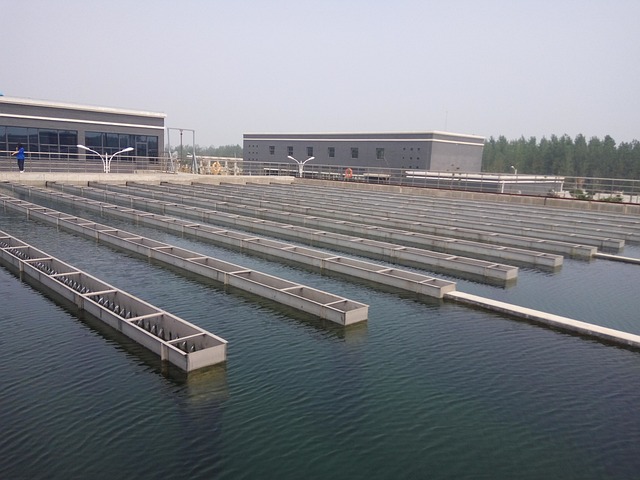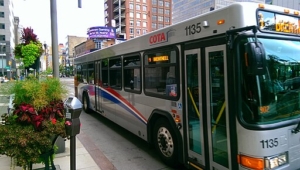Public officials will launch numerous large correctional facility construction projects in 2025 and 2026

Correctional facilities in many regions have been overlooked for decades, overshadowed by more pressing and immediate priorities. Most operate very inefficiently. Not only are they costly to maintain, most lack the modern technology needed to enhance security and very few provide rehabilitation and supportive services to help individuals reintegrate back into the community. Currently hundreds […]






